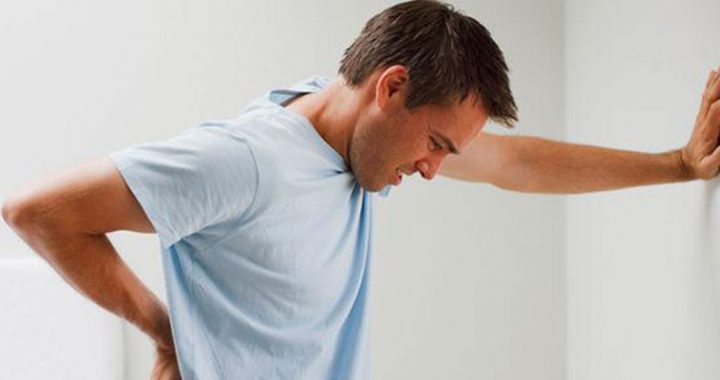The range of motion that your back permits is astonishing in complexity, yet it’s normal to take this movement for granted, as long as everything works as it should. When back pain sets in, even the simplest tasks can become an ordeal. The bones of your spine and the soft tissues that support them must work in harmony while protecting the spinal cord and nerve roots that branch from it.
It’s perhaps not surprising that around 31 million Americans may be experiencing back pain right now, adding up to over 260 million lost days from work annually. As the aging population develops degenerative conditions that commonly accompany getting older, the risk of back pain rises. It’s not inevitable that you’ll be sidelined with back pain, but the chances increase with every birthday.
The age of decline
The most common reason for increasing back pain is simply wear-and-tear, especially your spine, a complex system with many interconnected parts. Age-related issues include joint and disc degeneration, spondylolisthesis, and spinal stenosis.
Joint and disk degeneration
Your spine is made up of 33 spinal bones, or vertebrae, though some people have a slightly different number. There are discs between each of the vertebrae that allow your back to bend and twist. The discs act as shock absorbers between the bones.
These discs allow you to bend, twist, and flex your back without causing compression of your spine. However, as you age, these discs can shrink and lose their elasticity. As a result, you may experience inflammation and pain in your back.
Arthritis can affect every joint in your body, and your spine is no different. This collection of over 100 conditions can affect virtually every aspect of joint mobility in your back.
Spondylolisthesis
When one or more of the lower vertebrae slips forward and makes contact with the bone directly below it, you’ve got spondylolisthesis. It can cause lower back pain or severe leg pain after standing for long periods of time. Spondylolisthesis can often be treated using either surgical or therapeutic methods.
Spinal Stenosis
Since nerves pass through special gaps along your spinal column, anything that affects the size of these gaps is a potentially painful problem. Any narrowing of these spaces is called spinal stenosis. When narrowing puts pressure on the nerves that travel through the spine, you may experience tingling, numbness, muscle weakness, and pain in your arms, legs, buttocks, and back.
Back pain risk factors
Age isn’t the only risk factor for back pain. Other conditions that may contribute to your back pain can include:
- Obesity
- Back injuries
- Osteoporosis
- Osteoarthritis
- Loss of muscle elasticity
- Inactivity
- Poor posture
- Degenerative joint conditions
Though you can’t always prevent or control some of these disorders, you may be able to moderate and ease pain through a combination of treatment and lifestyle changes.
Back pain can be incredibly uncomfortable while reducing your mobility, and it can make participation in activities you enjoy difficult. If you’re suffering from back pain symptoms, it’s time to contact Innovative Family Health Practices. From diagnosis to treatment, their back pain specialists do what it takes to create an effective plan to manage your condition.
Call the office or request an appointment online with the convenient booking tool. A comfortable life is too important to ignore, so contact the office today.
